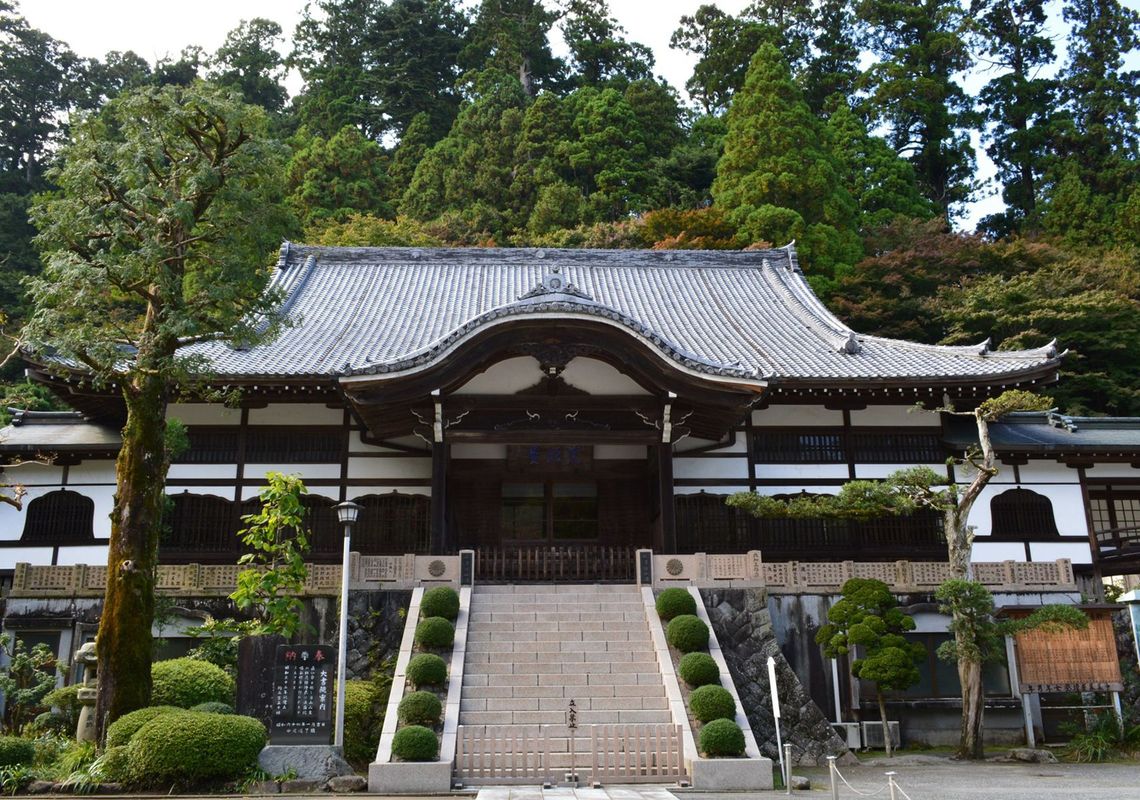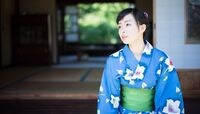
When Japanese people are asked about their religion, not many are likely to identify themselves as Buddhists. But in fact, Buddhist temples are ubiquitous throughout Japan. A traveler in Japan would probably have no trouble finding a temple even in a small village, as there are approximately 77000 nationwide. Buddhism, along with Shintoism, has taken root among many Japanese people as part of their culture.
Despite its prevalence, however, there are also quite a few negative associations attached to Buddhism in Japan. For example, a commonly known phrase “bouzu marumouke” (a priest’s income is all clear profit) cynically expresses how priests’ income is pure profit because they need no capital and have no expenses. Also, Buddhism being called “soushiki-bukkyo” (funeral Buddhism) mocks it for relying on funerals only, and losing its religious objectives, such as saving the masses and pursuing truth.
Chief priests called jyushoku are also under public scrutiny. They are given an offering of hundreds of thousands of yen by performing their role at wakes and funerals, which run over two days with their duties lasting up to three hours in total. There is a notion that chief priests earn a high income in just a few hours’ work, so at times people make offensive remarks, such as “A priest was wearing a shiny Rolex watch at a wake consultation.”
Therefore, it may not sound entirely convincing when one hears that Japanese temples are being driven into a serious situation. But looking at data, crises at temples are indeed becoming apparent.
Currently, approximately 20000 temples, which accounts for one quarter of the total number of temples nationwide, have no chief priests of their own, and are being cared for by a chief priest from another temple.
A chief priest’s responsibility is to live in--or near--a temple to be able to communicate with local parishioners and attend funerals, memorial services and offer advice to the local community as needed. It would be difficult for a chief priest who is responsible for more than one temple to fully accomplish the duties at Bon Festival--a Japanese Buddhist custom to honor the spirits of one's ancestors for three days, most commonly around August 15th--and other memorial services.
Temple with no priest
As a matter of fact, for a long time it has been common for a temple with only a few parishioners or those with no successor to ask a relatively larger parent temple or a nearby temple for support.
However, Japan is seeing the rapid increase of the number of temples without chief priests of their own. Sotoshu, for example, is a major denomination of Zen Buddhism with 14000 temples nationwide, and the number of temples without their own chief priests has increased approximately 30% in just 20 years: from 2097 in 1985 to 2743 in 2005.
In a survey about the local situation surrounding its temple, approximately 35% responded that depopulation is progressing, which indicates that population decline is affecting the situation.
Lack of successors is also a cause for this increase. In a survey by Sotoshu, approximately 35% of temples had no successor. This figure has increased every time the survey has been conducted, and this is a trend common to all denominations of Buddhism.
What, then, is the situation surrounding the temples’ income? An average income (corporation income) of a Sotoshu temple is 5.64 million yen ($45000) per year. The figure itself may come as no surprise, but in reality, more than half of temples’ income is below 3 million yen.
Most temples are not rich in terms of income, even though 12% do earn more than 10 million yen. Some temples in big cities earn a high income by leasing land or apartment buildings that they own in convenient areas, but they are a minority among all temples.
In addition to depopulation, a growing number of people are not willing to be engaged with Buddhism and temples on occasions other than funerals.
Previously, Japanese people’s lives were very much associated with temples. For instance, gakki-mairi, or monthly observances of a death, where a priest would visit one’s home, were commonly practiced. However, such customs are being lost, especially in urban areas. More funerals are simplified because of a limited number of attendants caused by prolonged life and the growth of nuclear families. At times, the deceased’s body is sent directly to be cremated without a wake and funeral services.
A decline in the local population and its economic power would impact local temples as well, allowing them to go into decline. Society’s further inclination toward non-religious practices, as represented by simplified funeral services, would be an additional blow.
Depopulation in rural areas, members attrition, lack of successors, and drop in per members sales--such are the issues surrounding Japanese temples today. Looking at them in this way, they are experiencing the same issues facing local small and medium-sized enterprises that are dependent on domestic demand.



